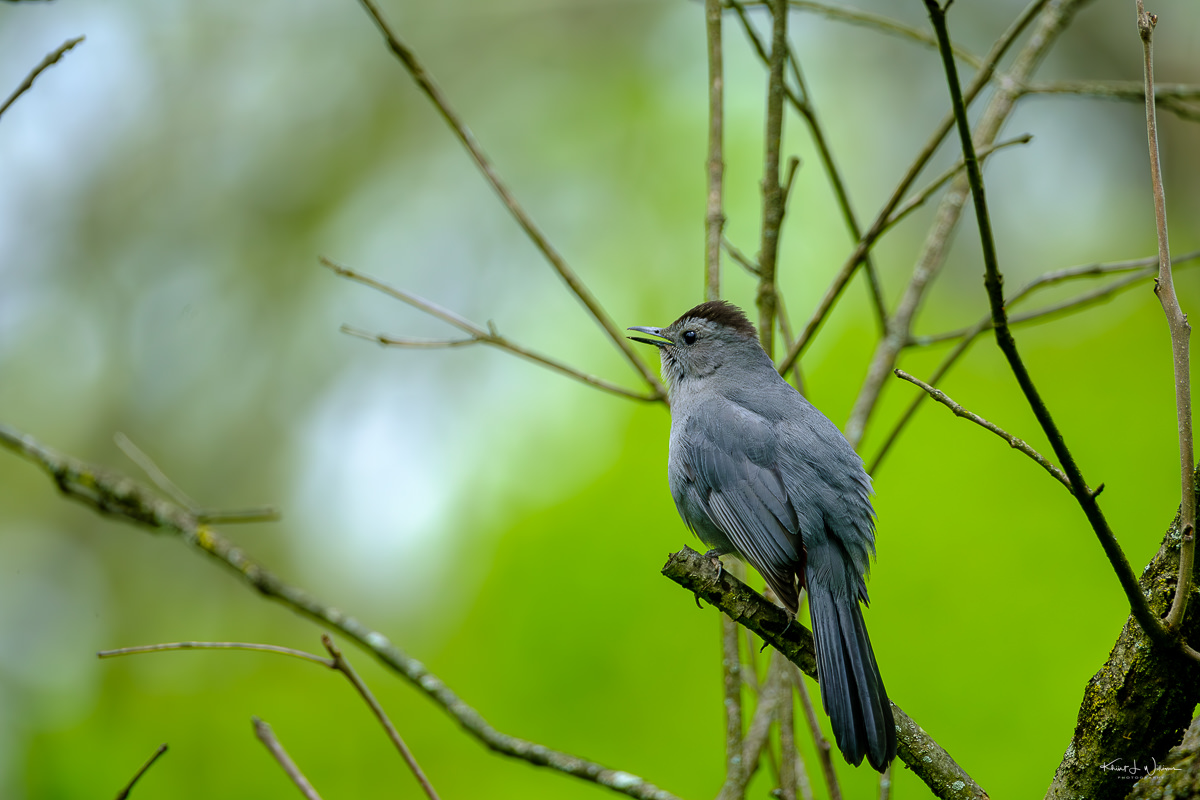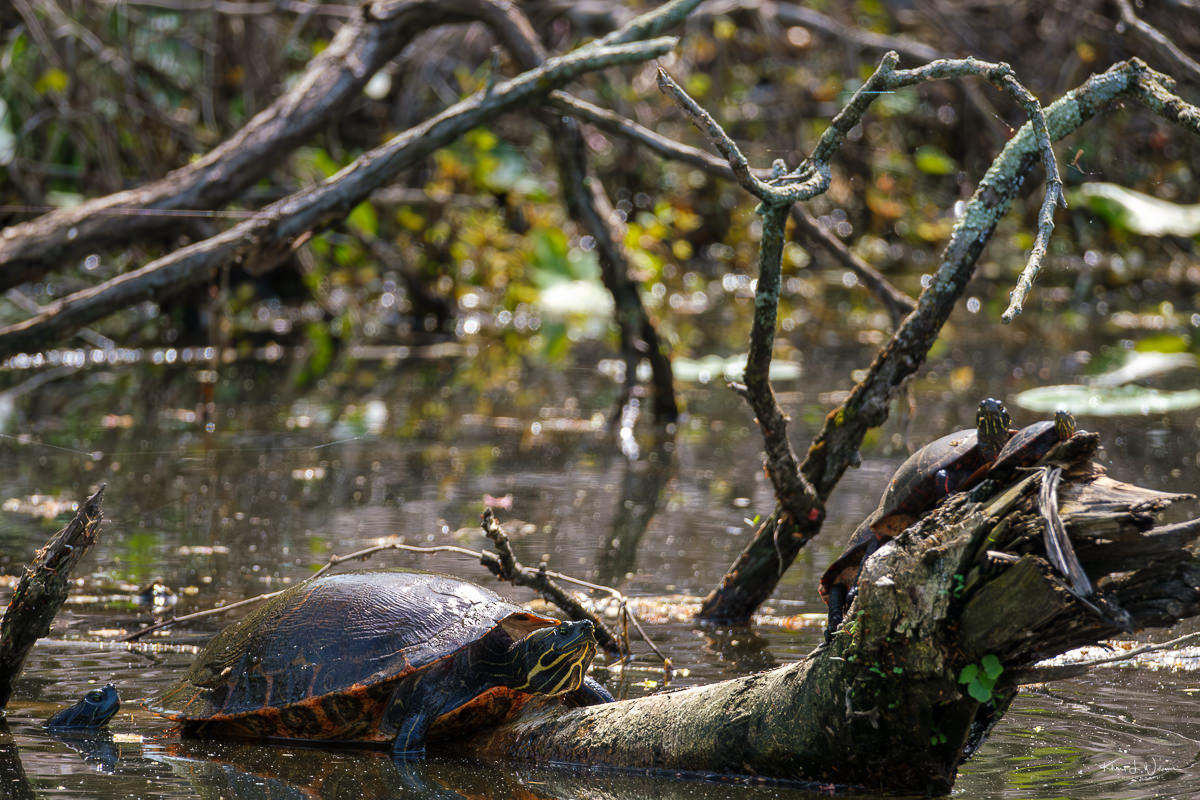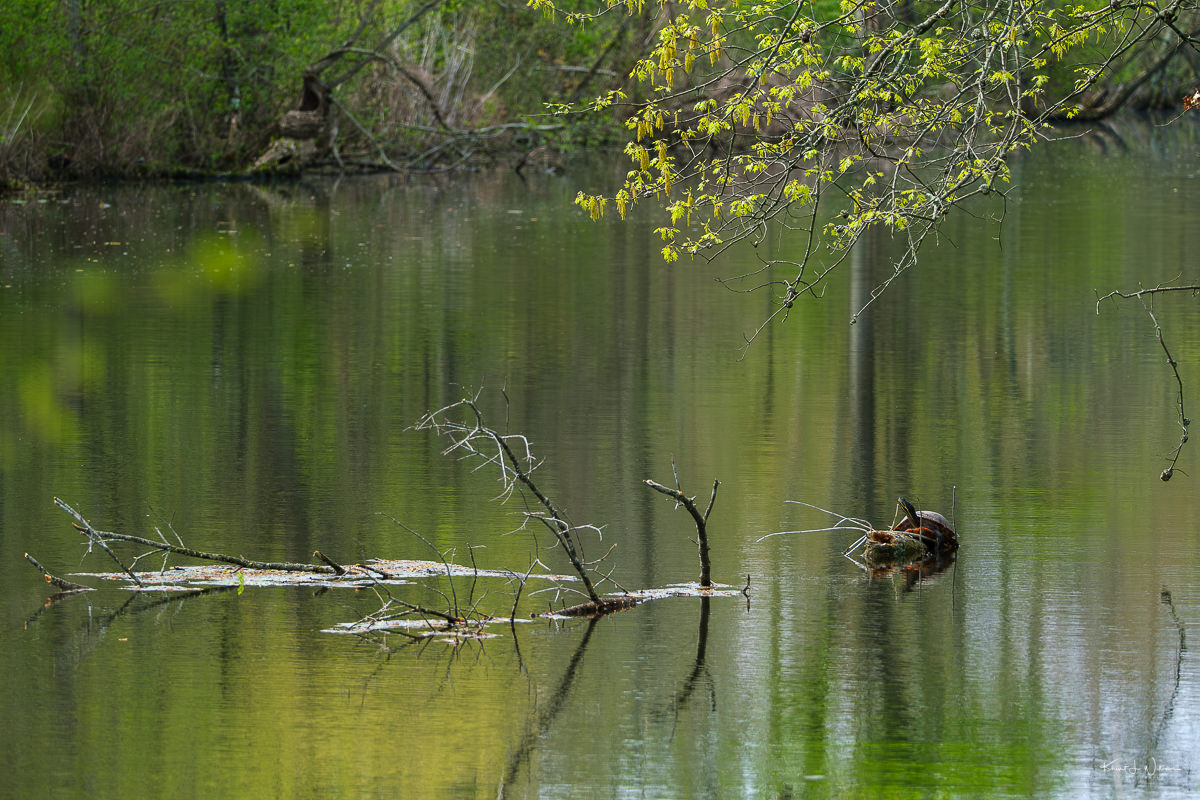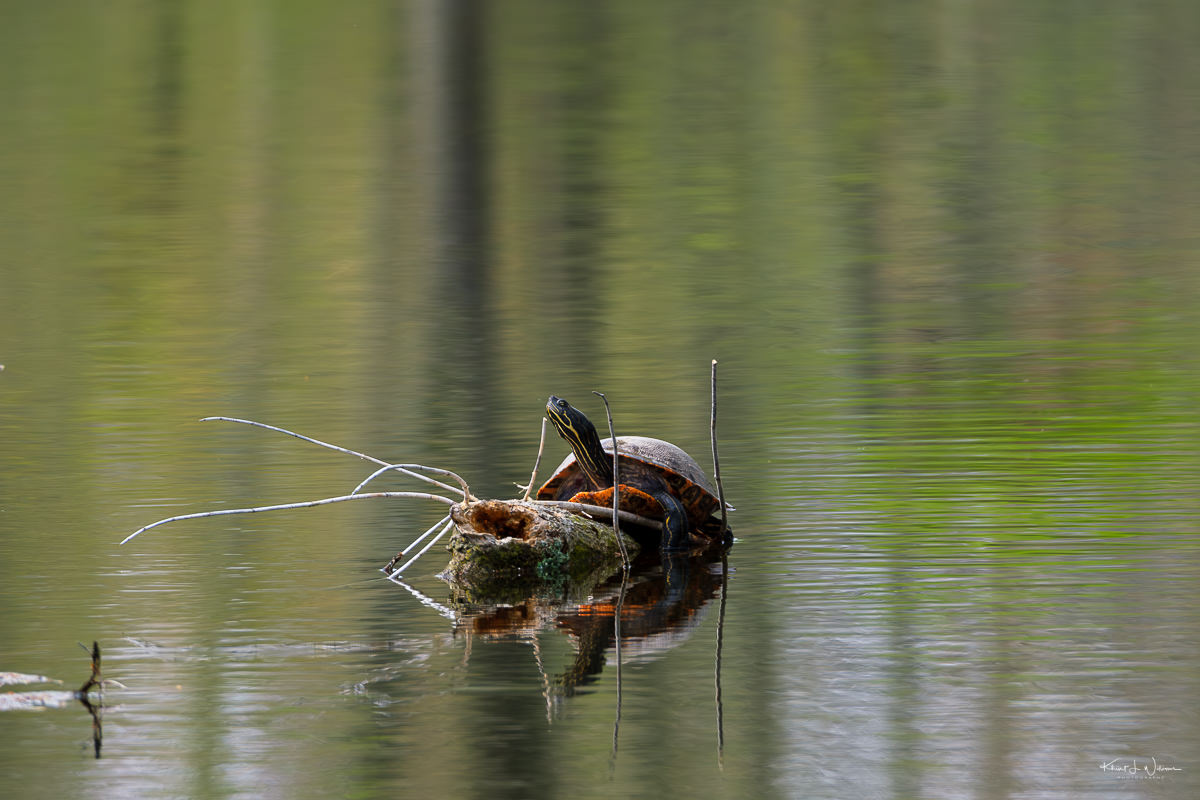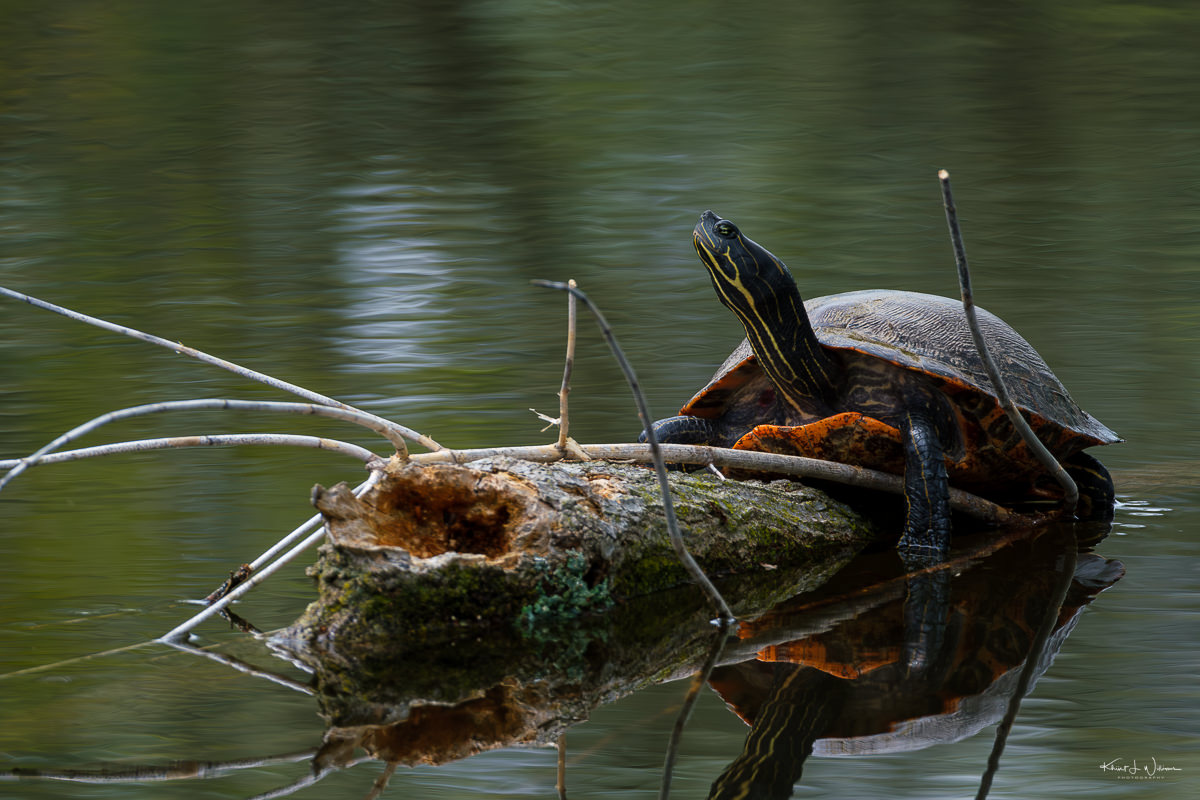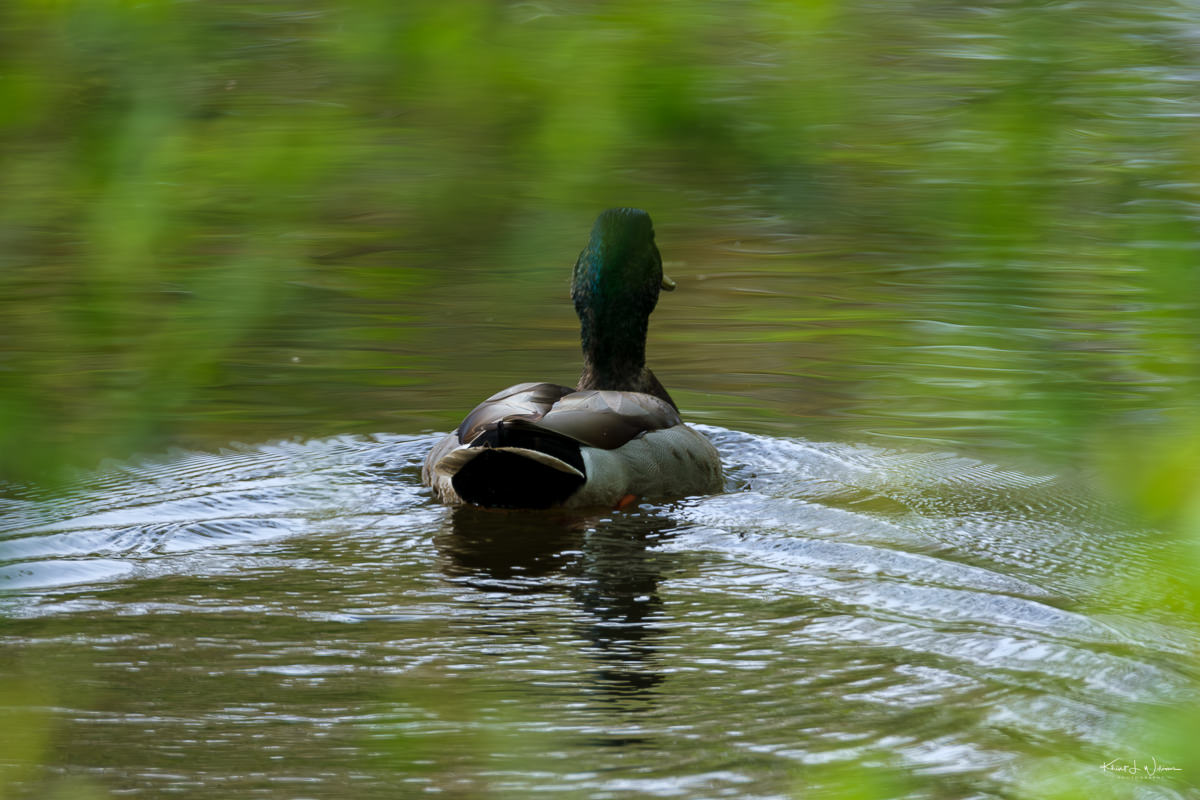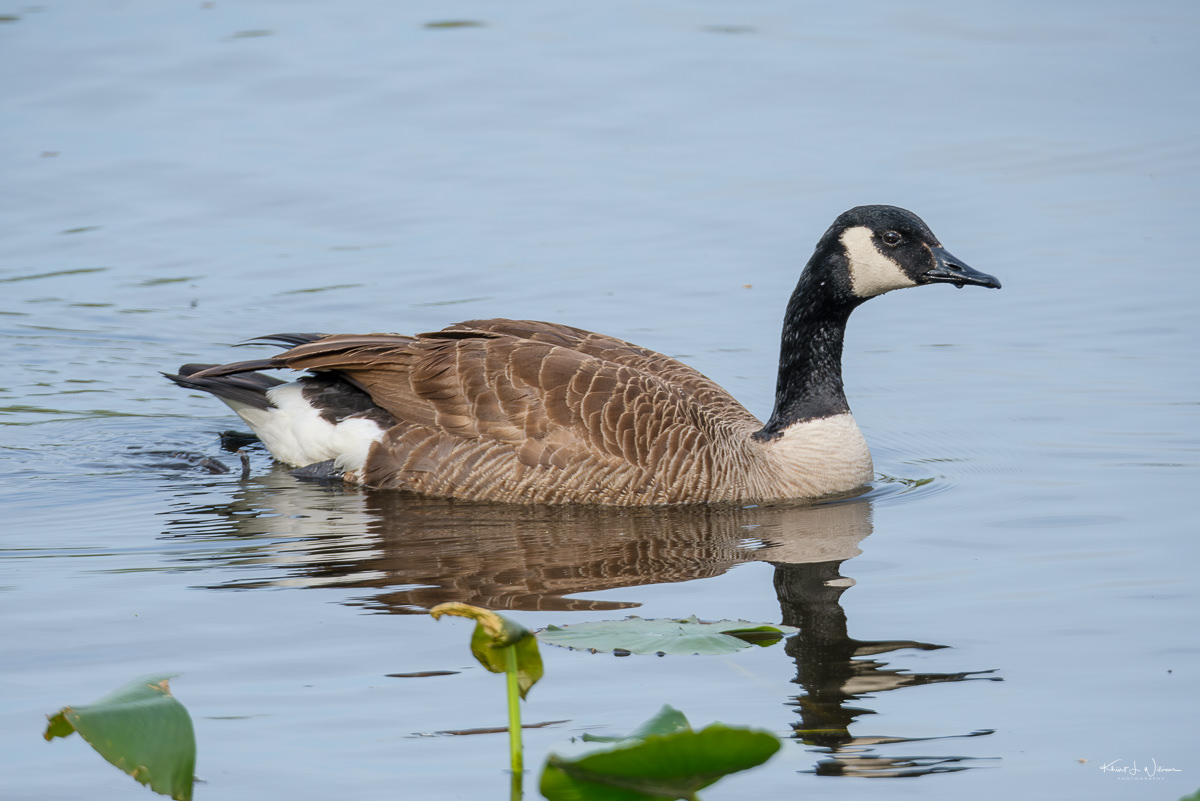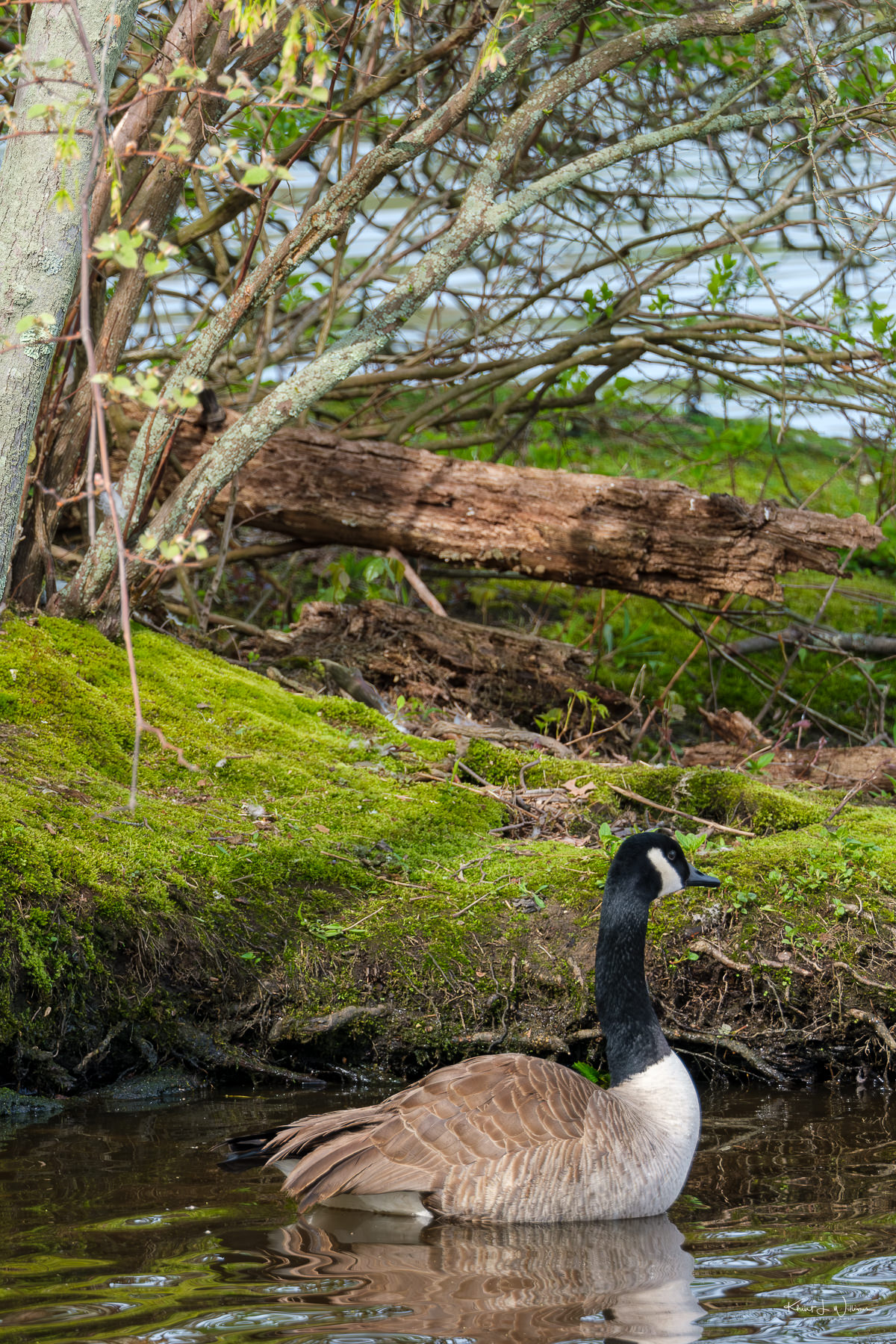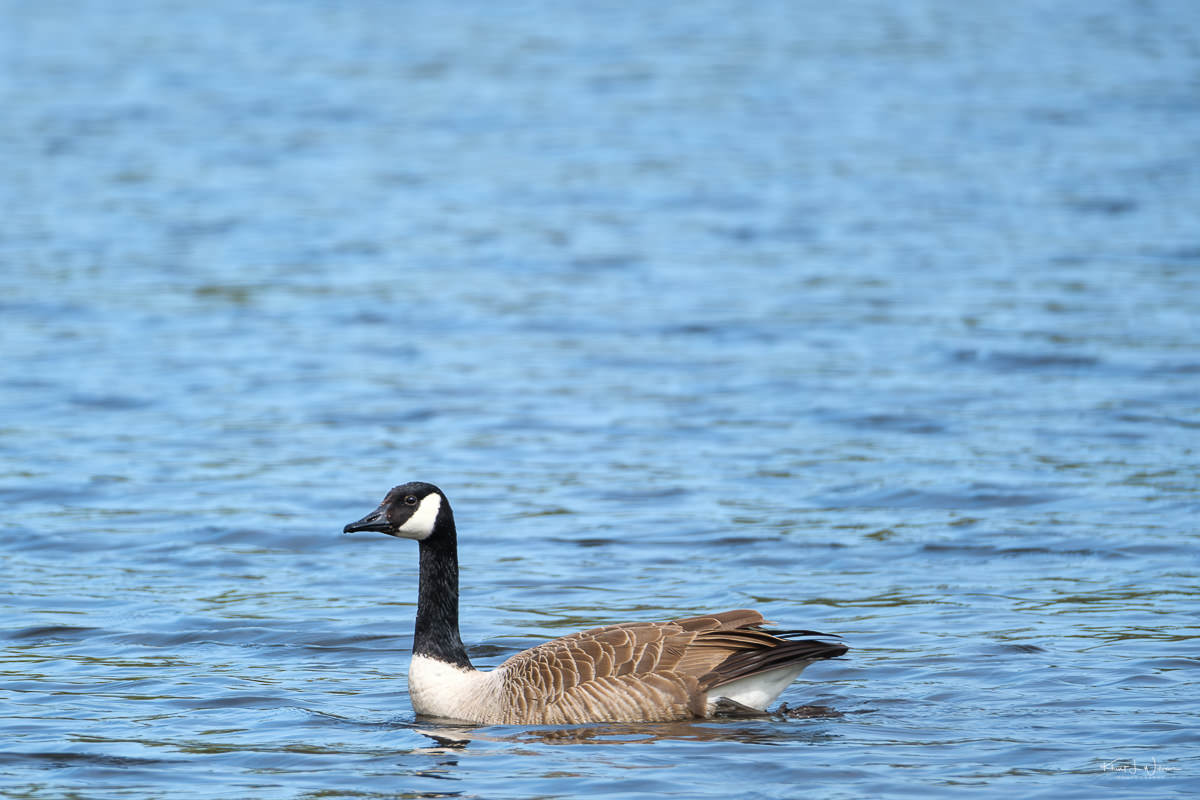During my job search, I understand the importance of taking breaks and getting fresh air to maintain focus and motivation. This morning, I worked on job applications and updated my resume. I searched online for the best places to photograph birds in Princeton. The Birding Hot Spots in Mercer County page on the Princeton Township tourism website offered many suggestions. After some consideration, I settled on the Charles H. Rogers Wildlife Refuge. Although I had visited the refuge before on a birding field trip with the Washington Crossing Audubon Society, I never got "around to it". Like the crew racing at Carnegie Lake, I finally decided to have my "round 2 it".
After firing off another job application, I packed my X-T3, XF27mmF2.8 R WR, XF16-55mF2.8 R LM WR, and XF150-600mmF5.6-8 R LM OIS WR lenses and drove to the Charles H. Rogers Wildlife Refuge.
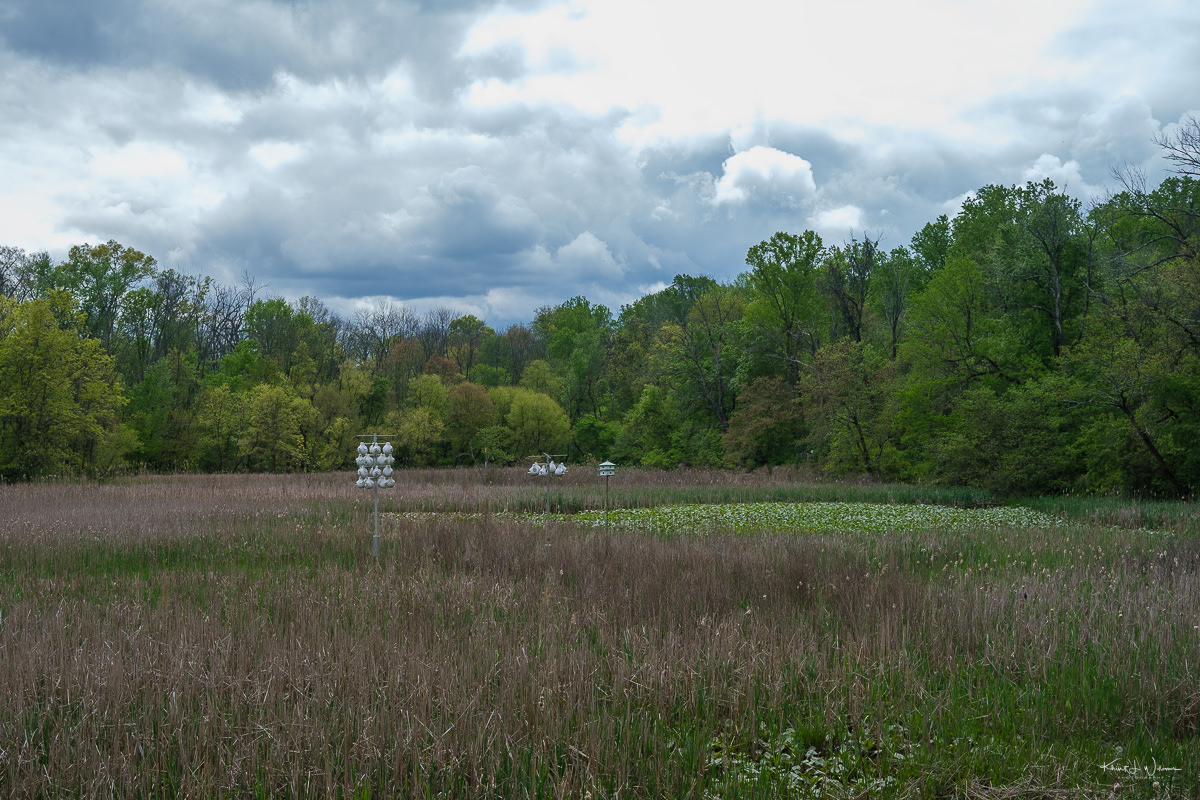
Located in Princeton, the Charles H. Rogers Wildlife Refuge is a 350-acre natural area that is an essential habitat for various wildlife species. The refuge was established in 1970 and is named after Charles H. Rogers, a local conservationist who was instrumental in preserving the area. The Charles H. Rogers Wildlife Refuge provides wildlife viewing and quiet walks among marshes and riverine forests along Stony Brook.
The refuge features diverse habitats, including wetlands, forests, and meadows, that provide a home for many bird species, such as woodpeckers, owls, warblers and songbirds. The refuge also offers educational programs and events for visitors of all ages, such as guided nature walks, birding workshops, and wildlife photography classes.
According to the Tips for Photographing Birds website, the best time for bird photography is early morning, just after sunrise, or late evening, before sunset. It was already past 1 PM, so I didn't have high expectations.
The air felt cold, and the slight breeze forced me to wear my spring coat. I grabbed my gear and walked to the observation deck just behind the trees near the parking area. Photographing small birds can be rewarding but is a challenging experience for wildlife photographers. I saw a red-winged blackbird but struggled to use the XF150-600mmF5.6-8 R LM OIS WR. The lens is heavy, and my out-of-shape arms quickly tired. A tripod or monopod would help me keep my camera steady and avoid blurry shots.
I was ready to give up when I heard a bird call behind me. I turned to see a Grey Catbird "posing" in a nearby tree. The bird sat long enough for me to capture a sharp, in-focus image. This bird has a slate-grey colouration with a black cap and tail. Its bill is black and slightly curved, while its eyes are a bright reddish-brown.
From what I read in the Princeton Institute Woods & Charles Rogers Wildlife Refuge bird database, the GGrey Catbird's vocalisations are unique. It has a wide range of songs and calls, including a cat-like "mew" sound, which is how it got its name. It is also known for mimicking the songs of other bird species and the sounds of insects, frogs, and other animals.
Grey Catbirds can be found in various habitats, including wooded areas, shrublands, and suburban gardens. They feed on various foods, including insects, berries, and fruits. These birds are also known to be attracted to habitats with dense vegetation, where they can build their nests and raise their young.
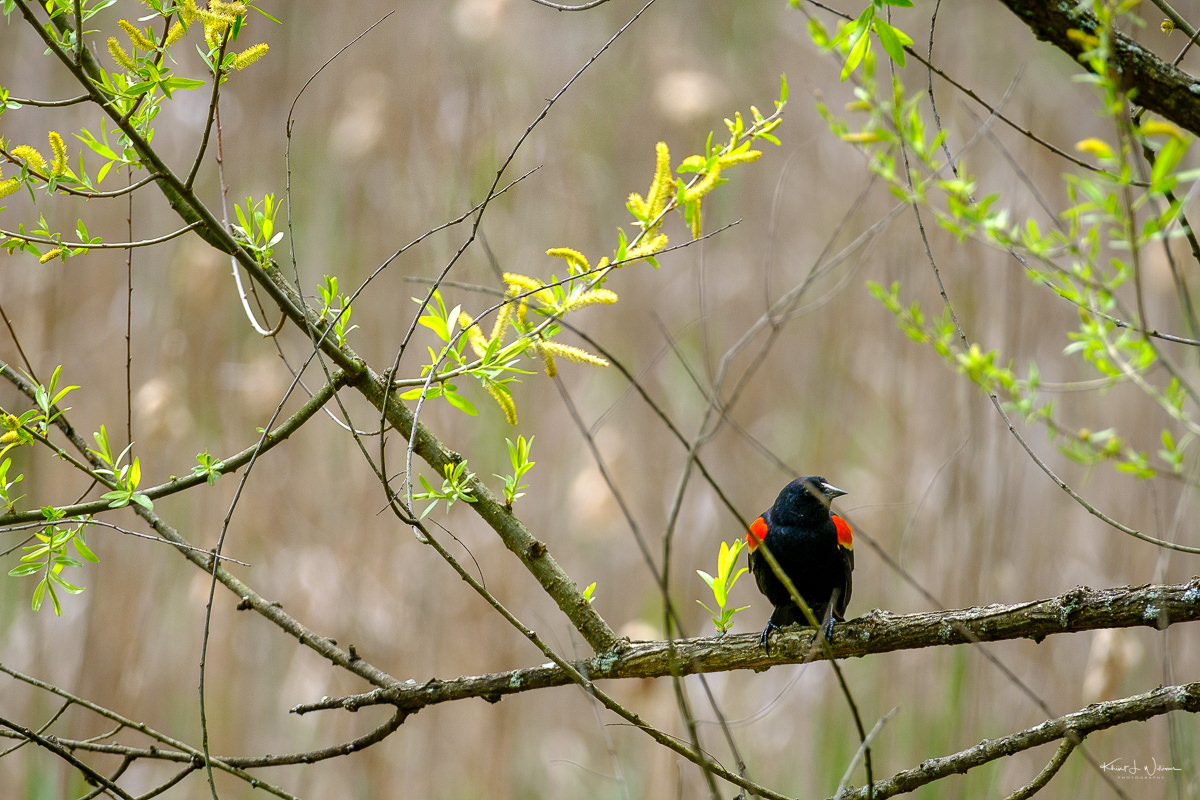
Taking pictures of little birds can be a real test of patience and time. You have to wait for them to come close and keep an eye on them as they move about in their natural surroundings. But even then, they may sit on the spot on a tree branch right behind a left or another branch. It's frustration.
Even though I was willing to stay there for a long time and be on the lookout for any unexpected photo opportunities, it was getting late, and I needed to go pick up Bhavna from work. I plan to come earlier in the morning. Maybe I'll get lucky.
